Muay Thai, often referred to as “The Art of Eight Limbs,” is a traditional martial art and combat sport from Thailand. It utilizes punches, kicks, elbows, and knee strikes, making it one of the most comprehensive striking systems in the world. While it’s globally recognized today as both a sport and a self-defense system, its roots stretch back centuries. Understanding when Muay Thai was invented requires exploring its historical, cultural, and martial lineage.
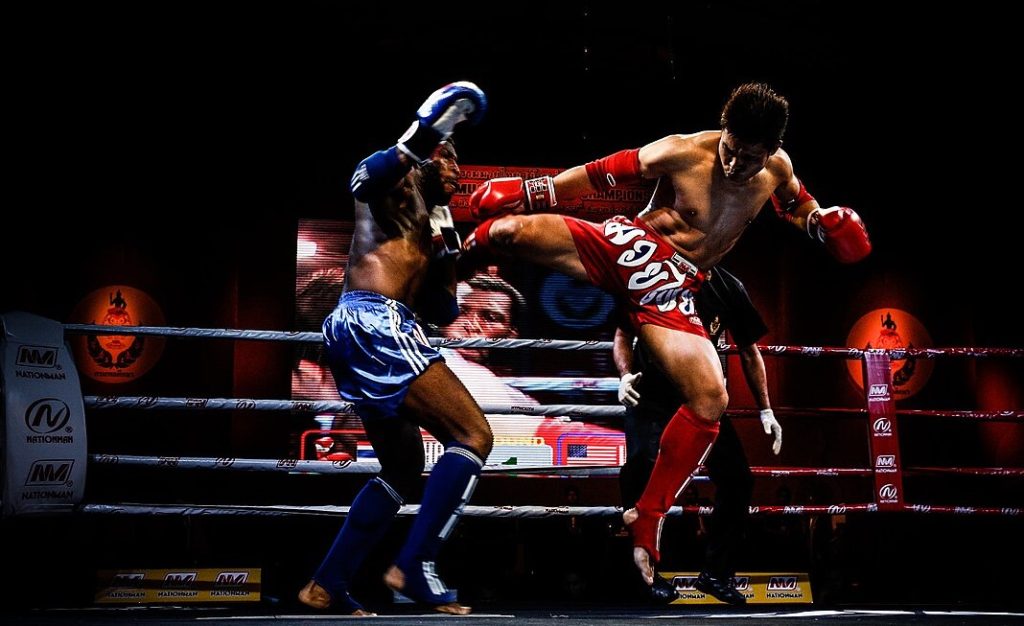
Table of Contents
Origins of Muay Thai
Muay Thai evolved from older martial traditions in Southeast Asia. Its precise origin is difficult to pinpoint due to limited written historical records before the 19th century. However, historians agree that it developed from Muay Boran—an ancient unarmed combat system used by Siamese soldiers (from the Kingdom of Siam, modern-day Thailand) centuries ago.
Timeline of Muay Thai Development
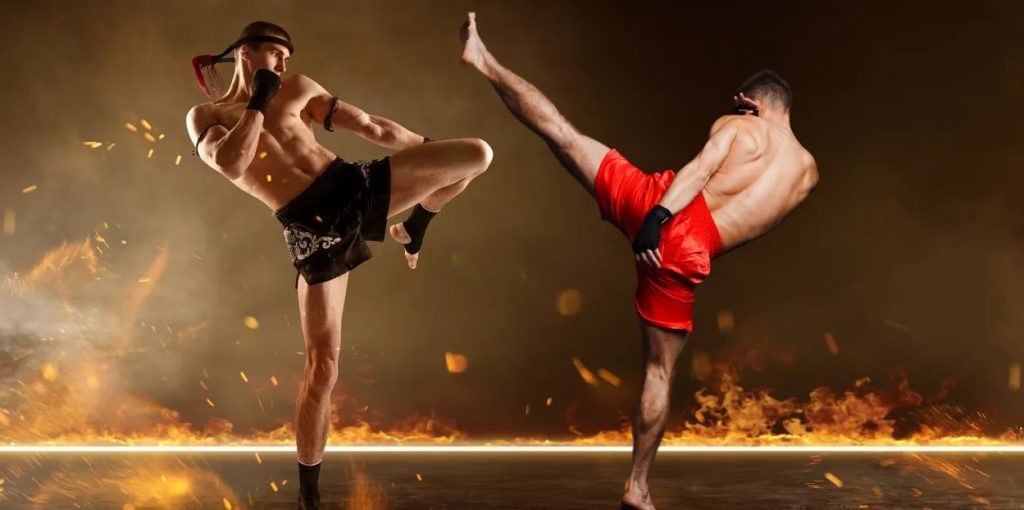
| Period | Event | Description |
|---|---|---|
| Pre-13th century | Tribal warfare | Hand-to-hand combat used among Tai tribes |
| 13th century | Sukhothai Kingdom | Early records of martial arts training in Siamese military |
| 15th–18th century | Ayutthaya Period | Muay Boran practiced by soldiers; became a spectator sport |
| 1767 | Destruction of Ayutthaya | Many records lost during Burmese invasion |
| 18th–19th century | Early Rattanakosin Period | Muay Boran preserved; traditional matches held |
| 1920s | Modernization of Muay Thai | Introduction of boxing gloves, rings, and rules |
| 1990s–Present | Global Expansion | International competitions and global recognition |
Muay Boran: The Precursor
Muay Boran (literally “ancient boxing”) was not just a sport; it was a method of battlefield combat. Soldiers trained in Muay Boran for close-quarters fighting when weapons were lost or broken. The techniques included grappling, striking, and joint locks.
Over time, this combat system became a form of entertainment and a rite of passage for young men. Matches were held in villages during festivals and royal events, often without protective equipment.
Key Features of Muay Boran:
- No gloves; hands were wrapped in hemp rope (Kaad Chuek)
- Minimal rules; often brutal and dangerous
- Techniques emphasized efficiency in disabling opponents
- Included aspects now seen in modern MMA
From Combat to Sport: Muay Thai’s Formalization
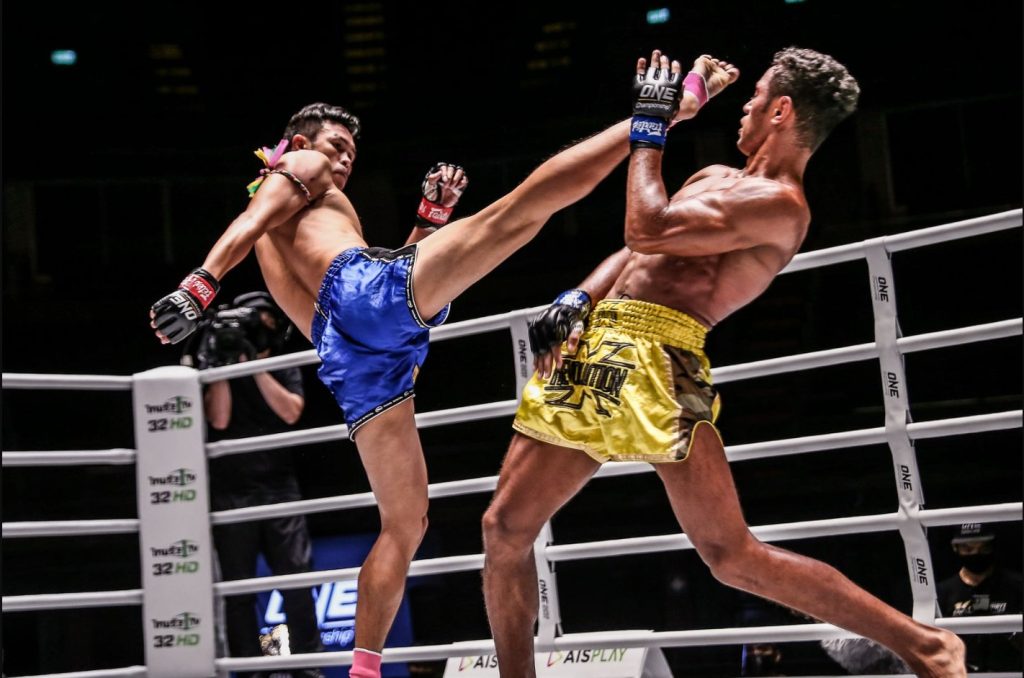
The transition from Muay Boran to Muay Thai began in earnest during the early 20th century. As Thailand began interacting more with Western countries, there was a push to modernize many aspects of society, including traditional martial arts.
Key Milestones in Modern Muay Thai
| Year | Event | Impact |
|---|---|---|
| 1921 | First Muay Thai ring constructed | Shifted matches from open fields to formal venues |
| 1929 | Introduction of Western boxing gloves | Reduced injury, increased safety |
| 1930s | Rules and scoring system introduced | Made Muay Thai more standardized and sport-like |
| 1950s | Establishment of Lumpinee and Rajadamnern Stadiums | Premier venues for professional competition |
| 1995 | World Muaythai Council (WMC) founded | Helped globalize the sport |
Muay Thai began to gain popularity beyond Thailand during the Vietnam War era when American soldiers stationed in Southeast Asia witnessed the sport. In the 1980s and 1990s, martial artists from Japan, Europe, and the U.S. began training in Thailand and competing internationally.
Cultural Significance of Muay Thai
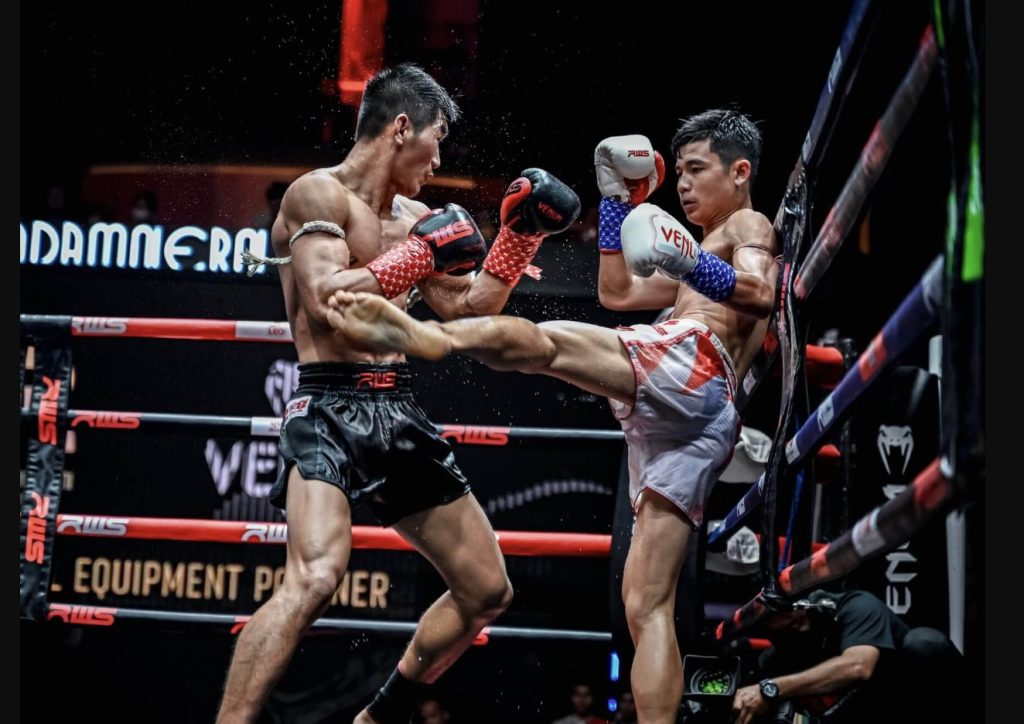
Muay Thai is deeply embedded in Thai culture. Beyond being a sport, it carries spiritual and traditional elements. Fighters perform the Wai Kru Ram Muay, a ritualistic dance to honor their teachers and ancestors before each bout. It’s accompanied by traditional music played live during the match.
Symbolic Elements in Muay Thai
| Element | Description | Significance |
|---|---|---|
| Wai Kru Ram Muay | Ritual dance before fight | Shows respect to teachers, tradition, and family |
| Mongkhon | Headband worn during entrance | Symbol of protection and honor |
| Pra Jiad | Armbands tied around biceps | Traditionally made from cloth of loved ones for luck |
These rituals emphasize that Muay Thai is not just physical but also spiritual, linking fighters to their heritage and community.
Muay Thai in the 21st Century

Today, Muay Thai is a globally recognized martial art with professional and amateur circuits around the world. It’s practiced for self-defense, fitness, and sport. Organizations like the International Federation of Muaythai Associations (IFMA) have worked to have Muay Thai recognized as an Olympic sport. In 2016, the International Olympic Committee (IOC) granted it provisional recognition, a significant step forward.
Global Reach of Muay Thai
| Region | Popularity | Notes |
|---|---|---|
| Southeast Asia | Very High | Cultural roots and professional leagues |
| Europe | High | Numerous national federations and gyms |
| North America | Growing | Integrated into MMA and kickboxing |
| Middle East & Africa | Emerging | Hosted international competitions |
| Oceania | Moderate | Popular in Australia and New Zealand |
So, when was Muay Thai invented? While we cannot assign it a specific birth year, its foundations were laid as early as the 13th century during the Sukhothai period. It evolved from Muay Boran, a deadly martial art used in war, to a cultural sport embedded in Thai identity. Over centuries, it was refined and codified, especially in the 20th century, to become the modern sport practiced today.
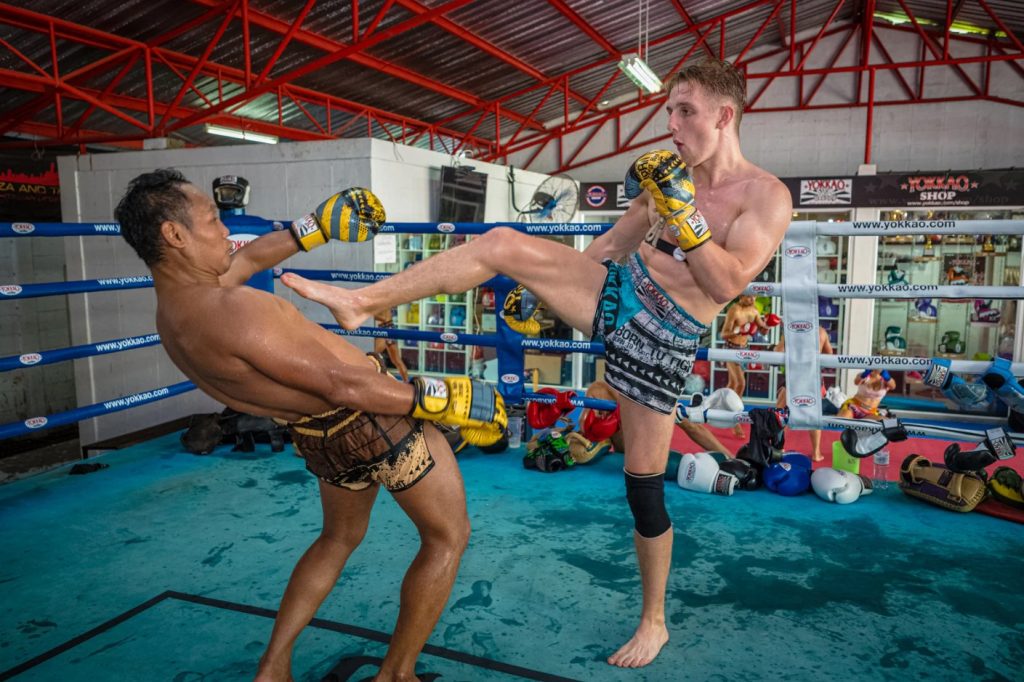
Muay Thai’s journey from a battlefield art to an international sport is a testament to its effectiveness, adaptability, and cultural richness. Whether you’re drawn to it for fitness, self-defense, or competitive fighting, practicing Muay Thai means participating in a legacy that spans hundreds of years.


